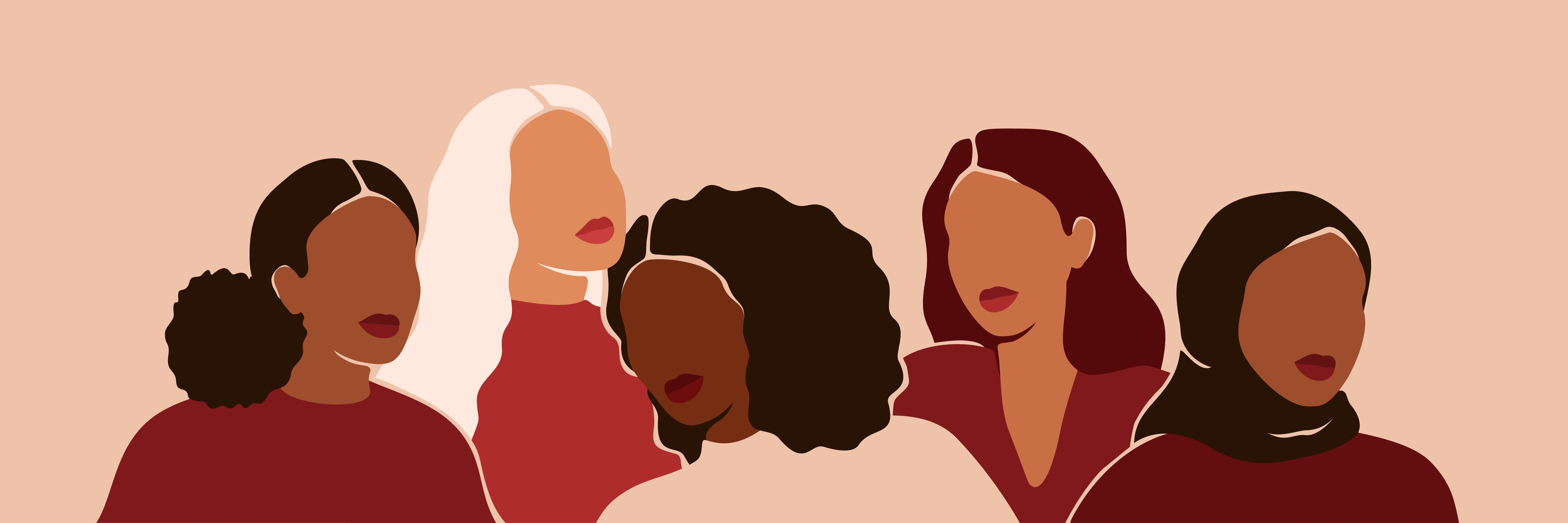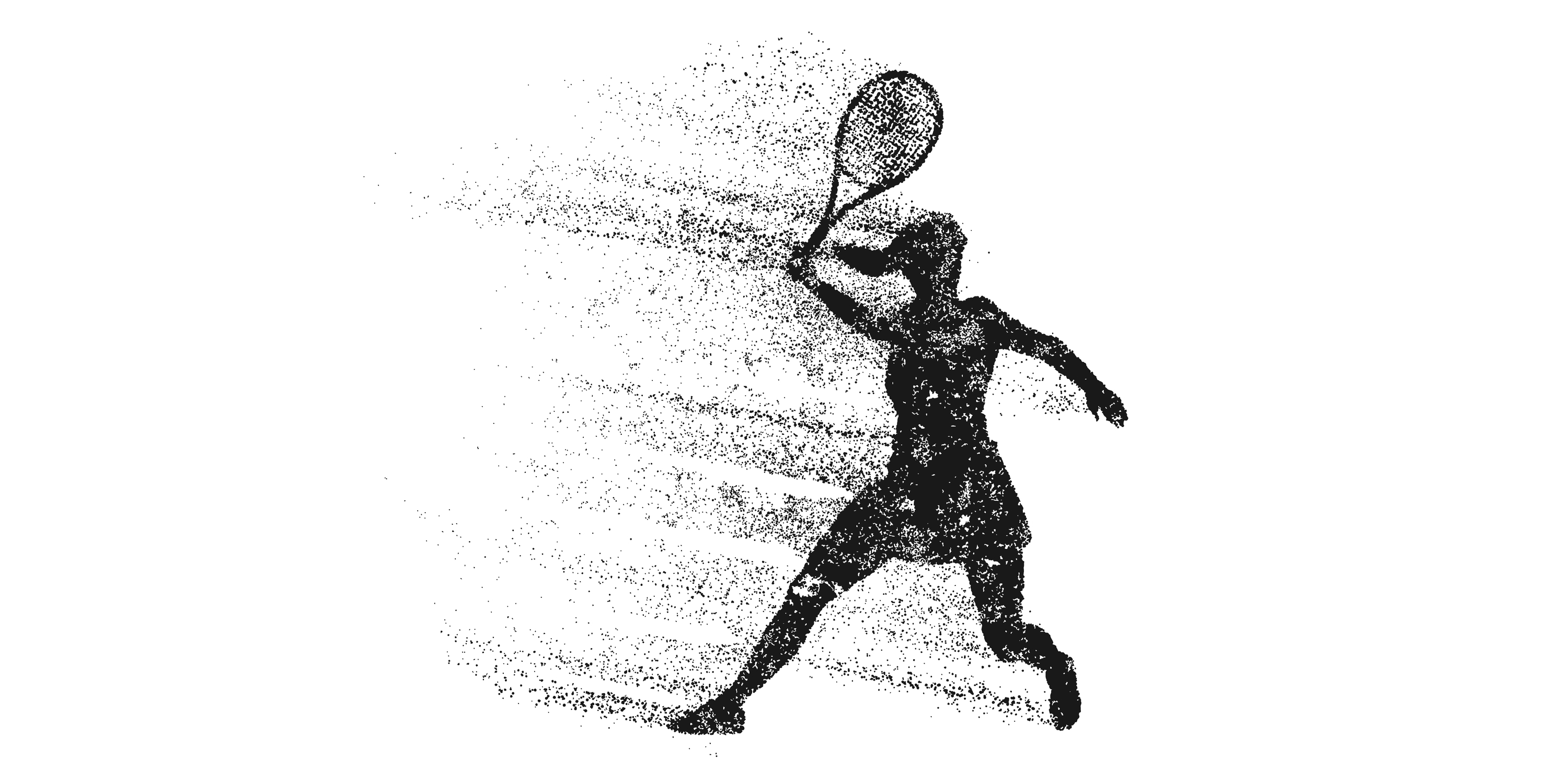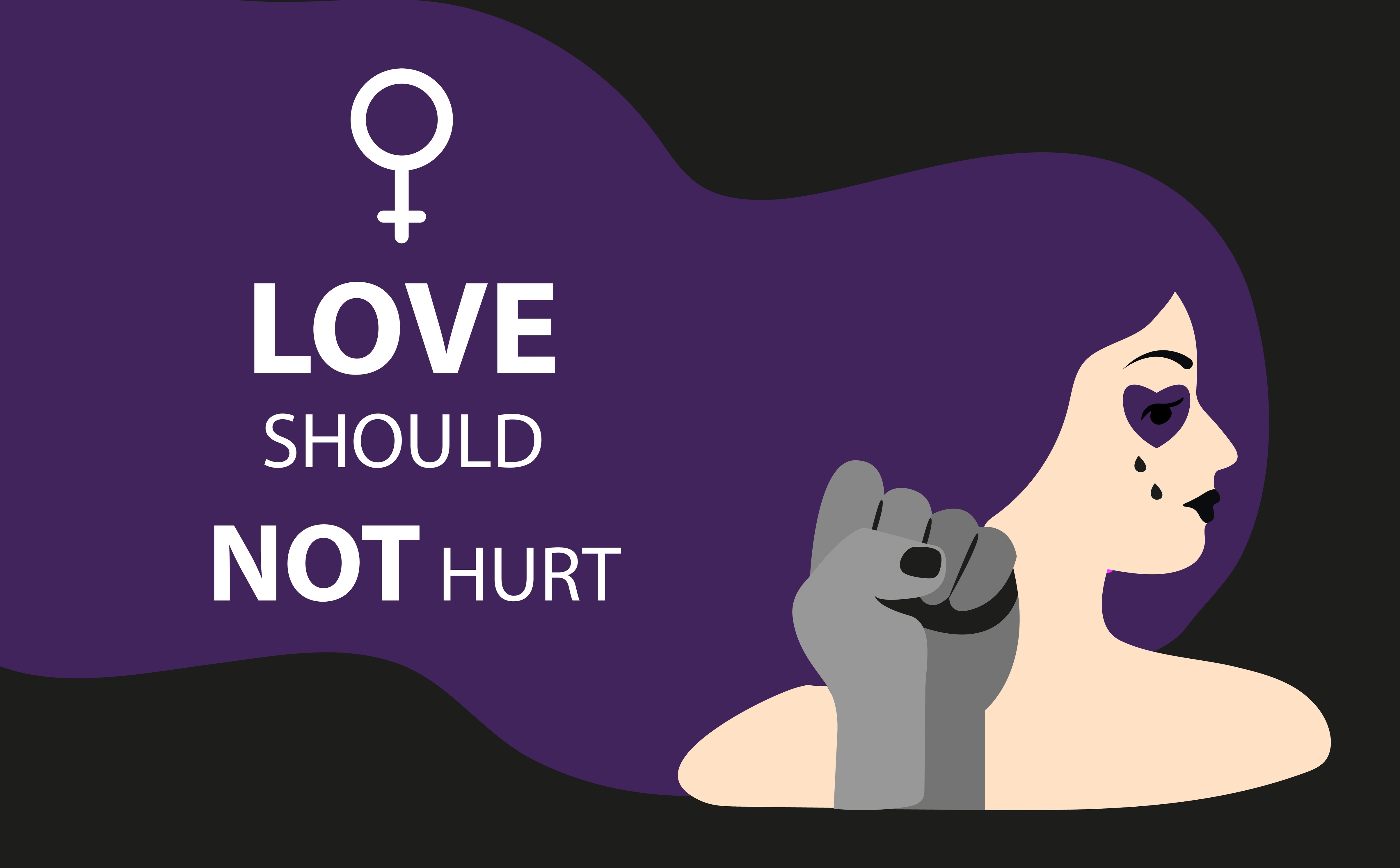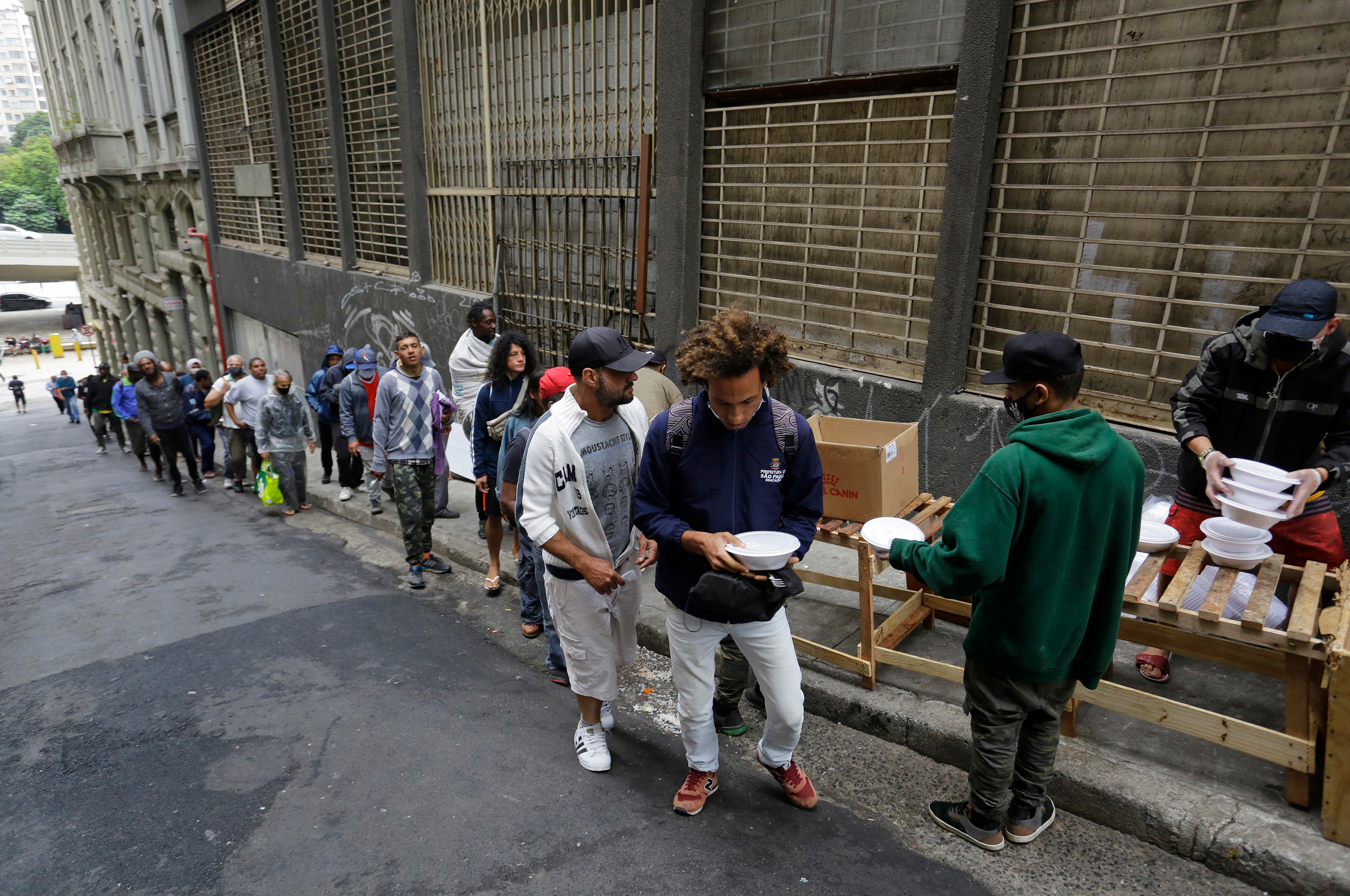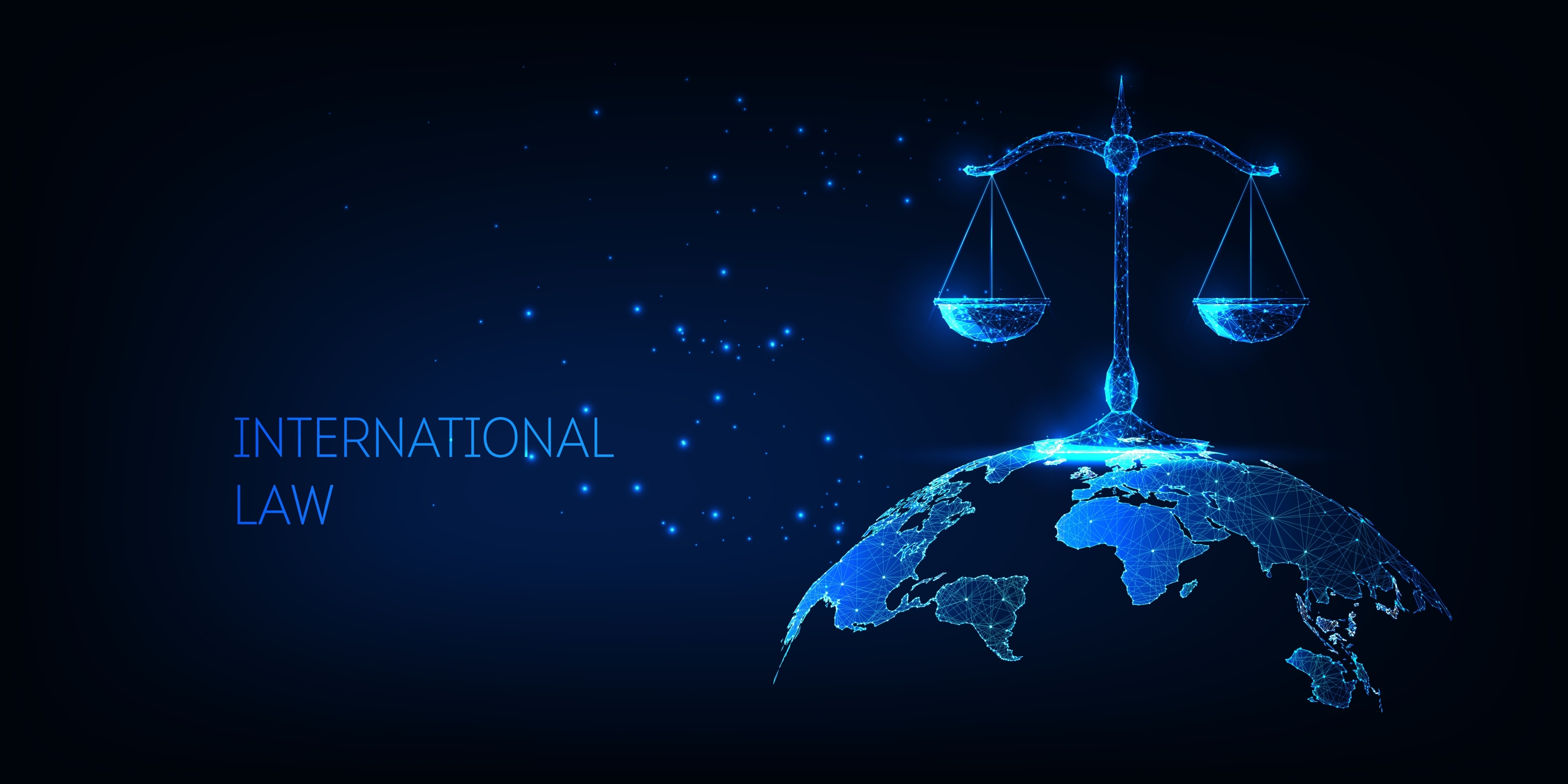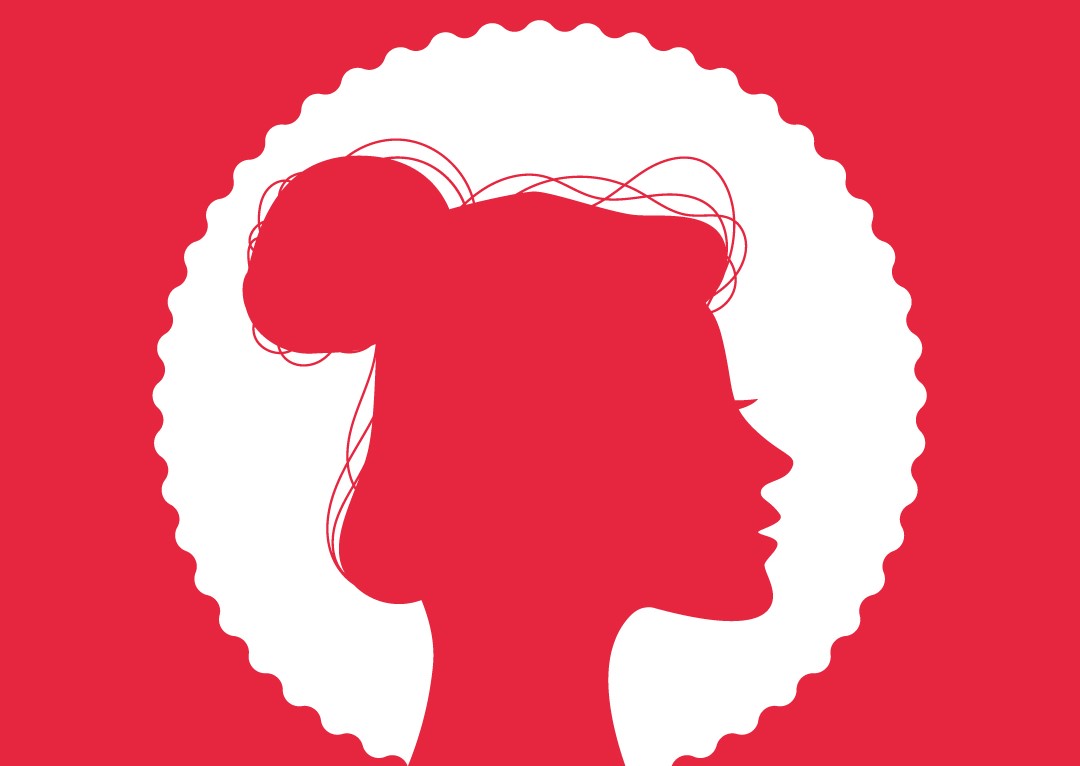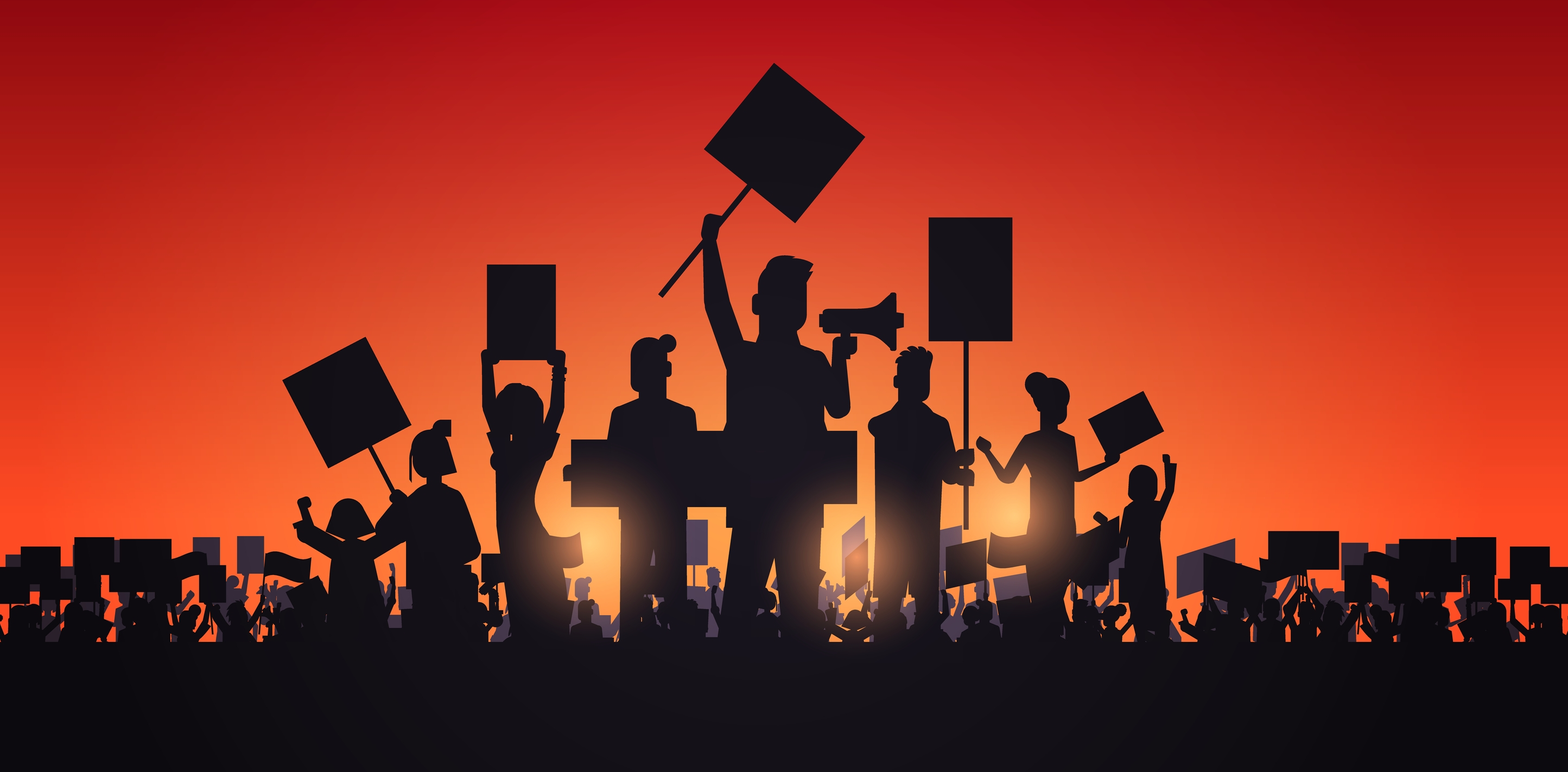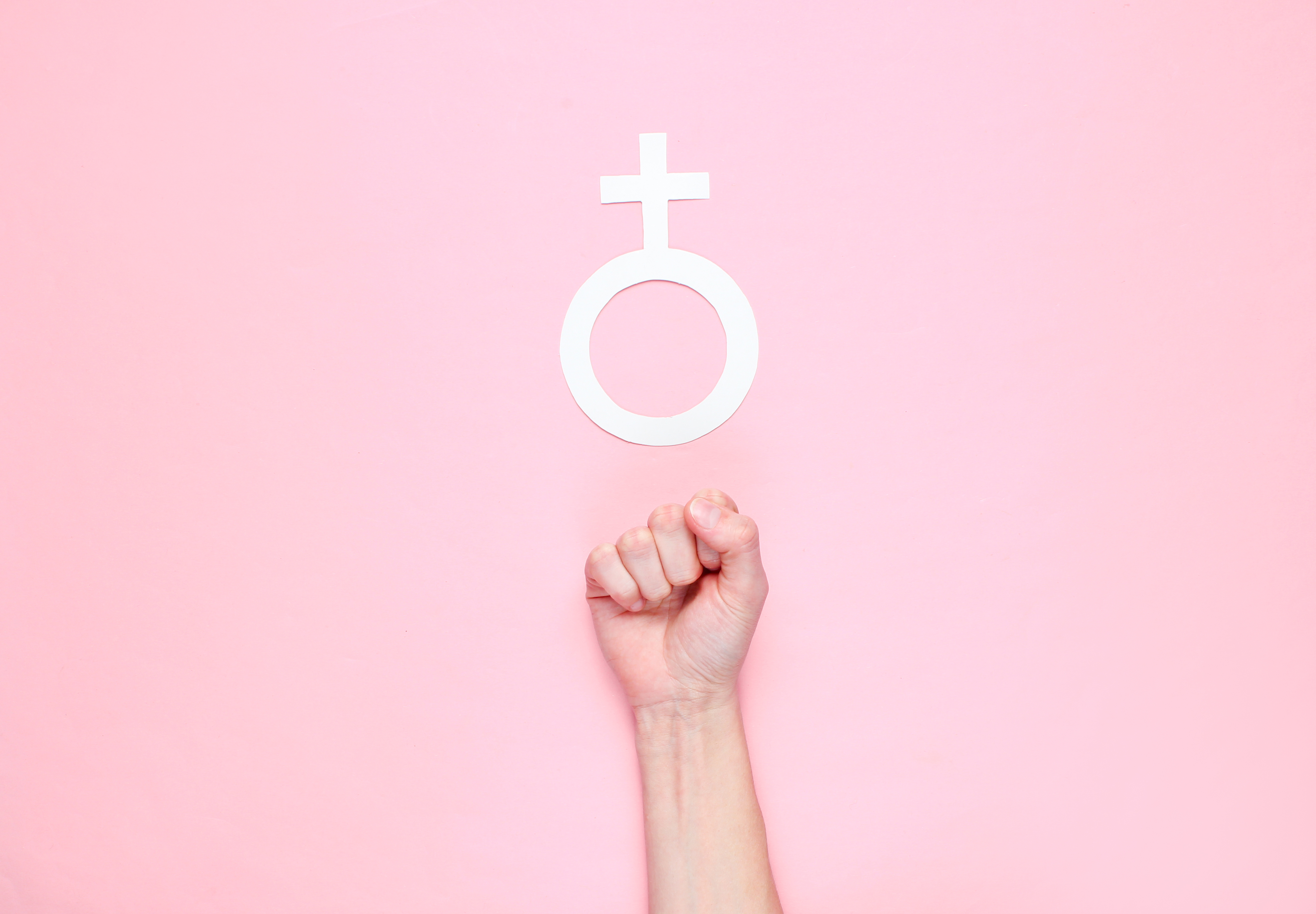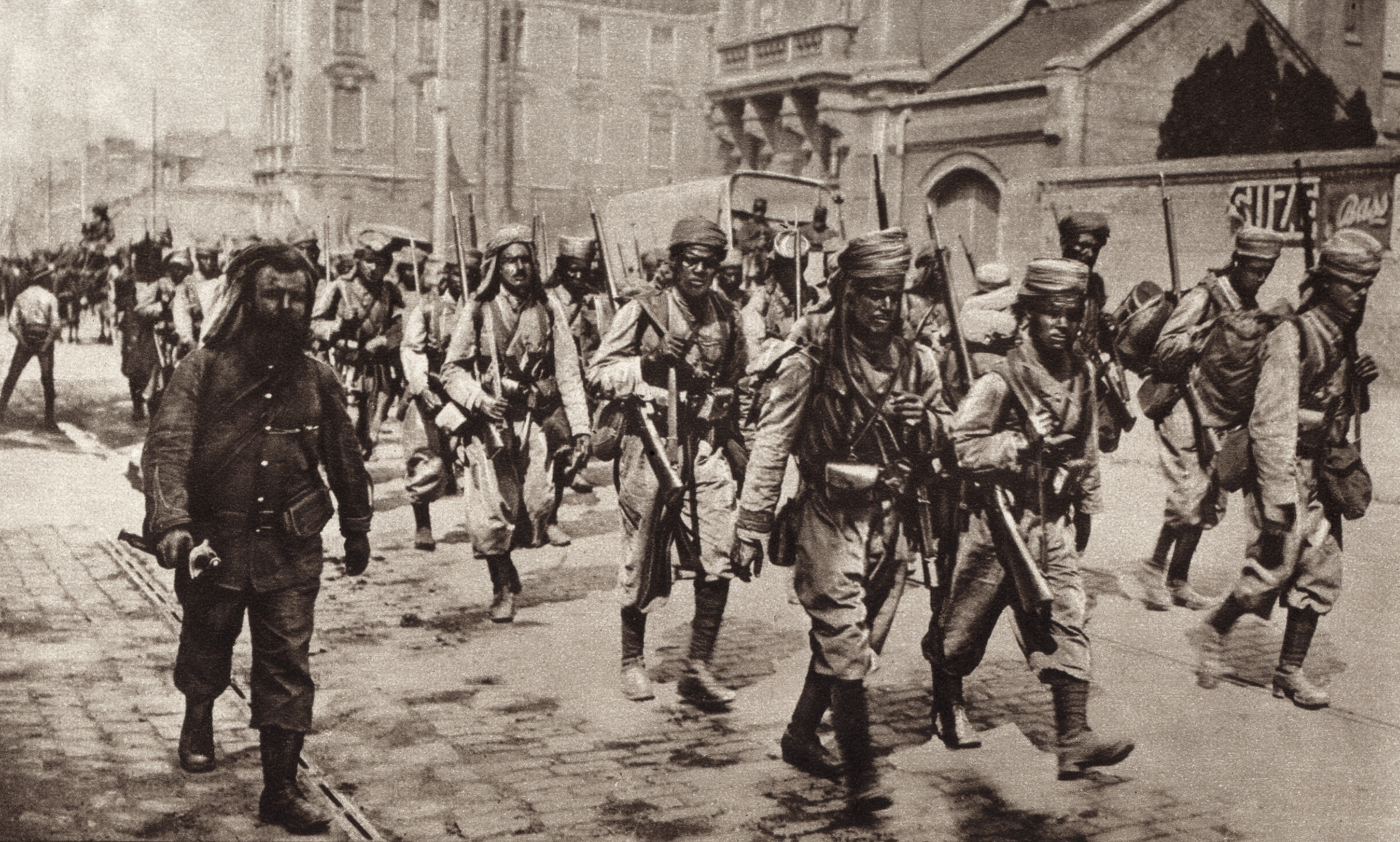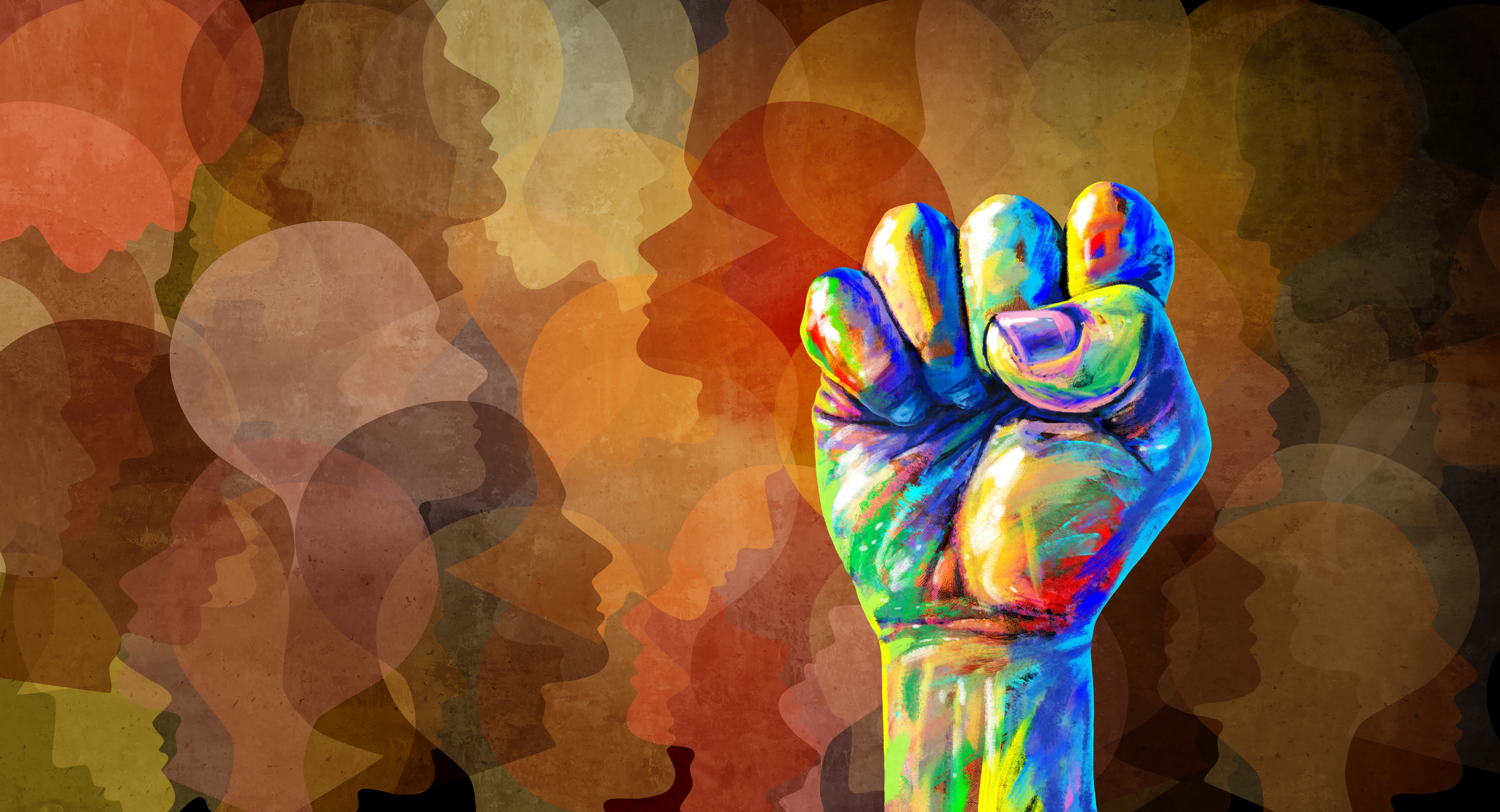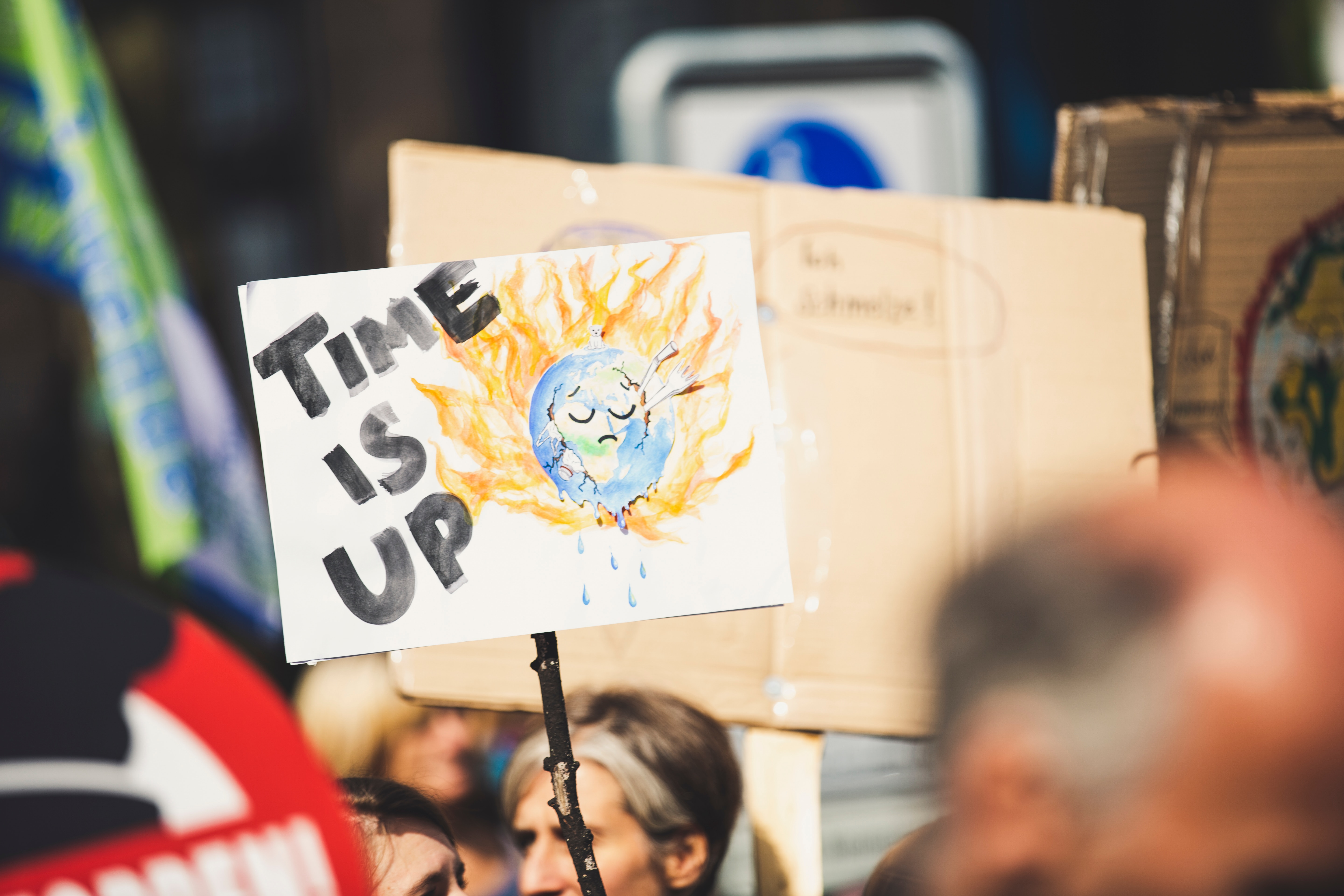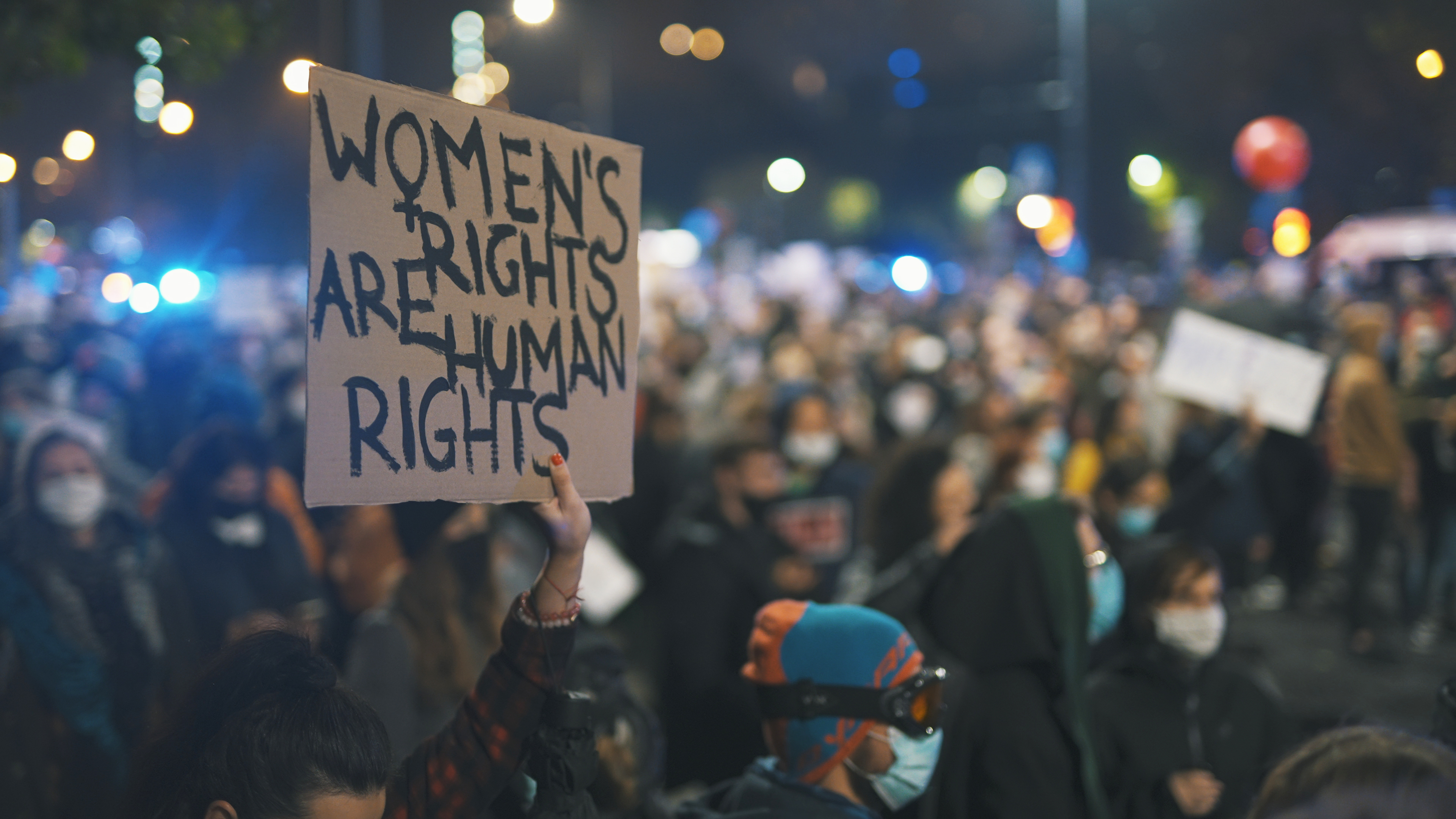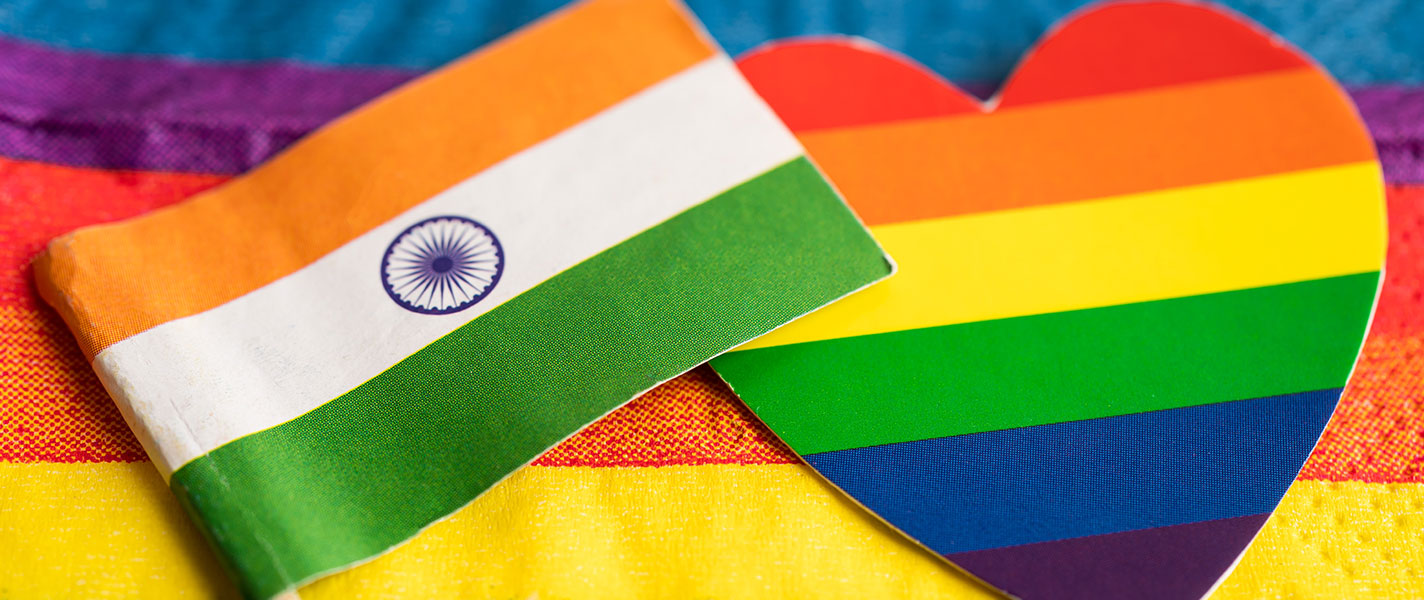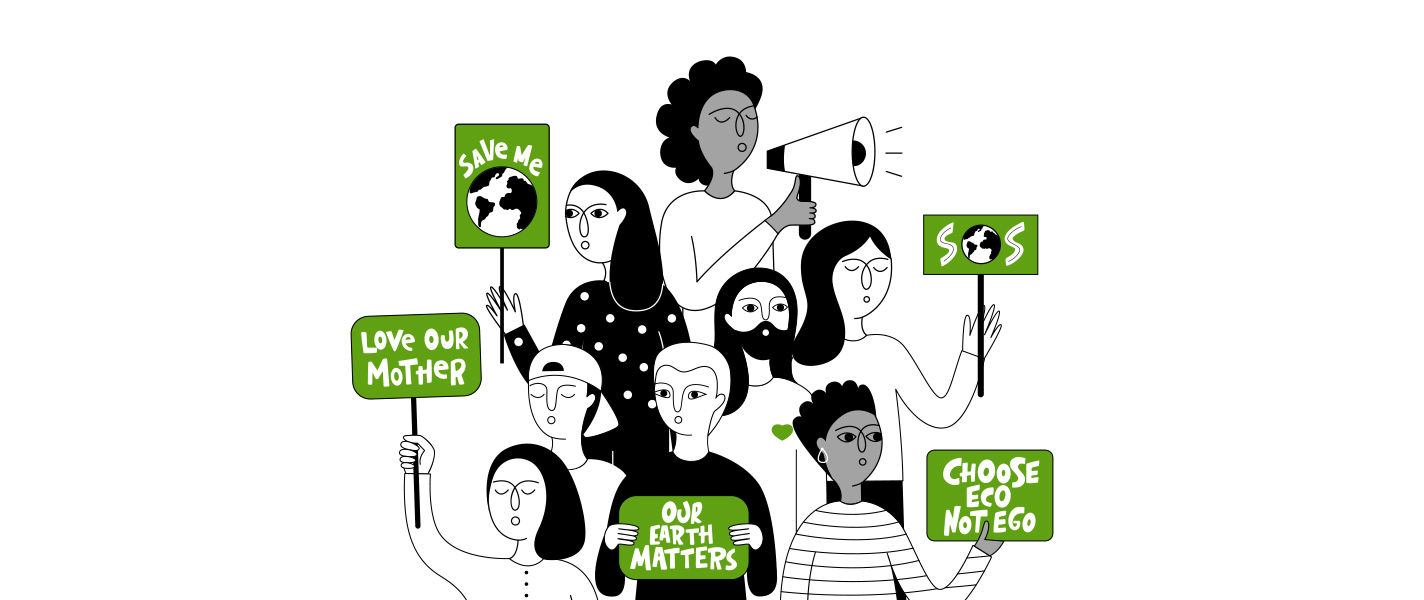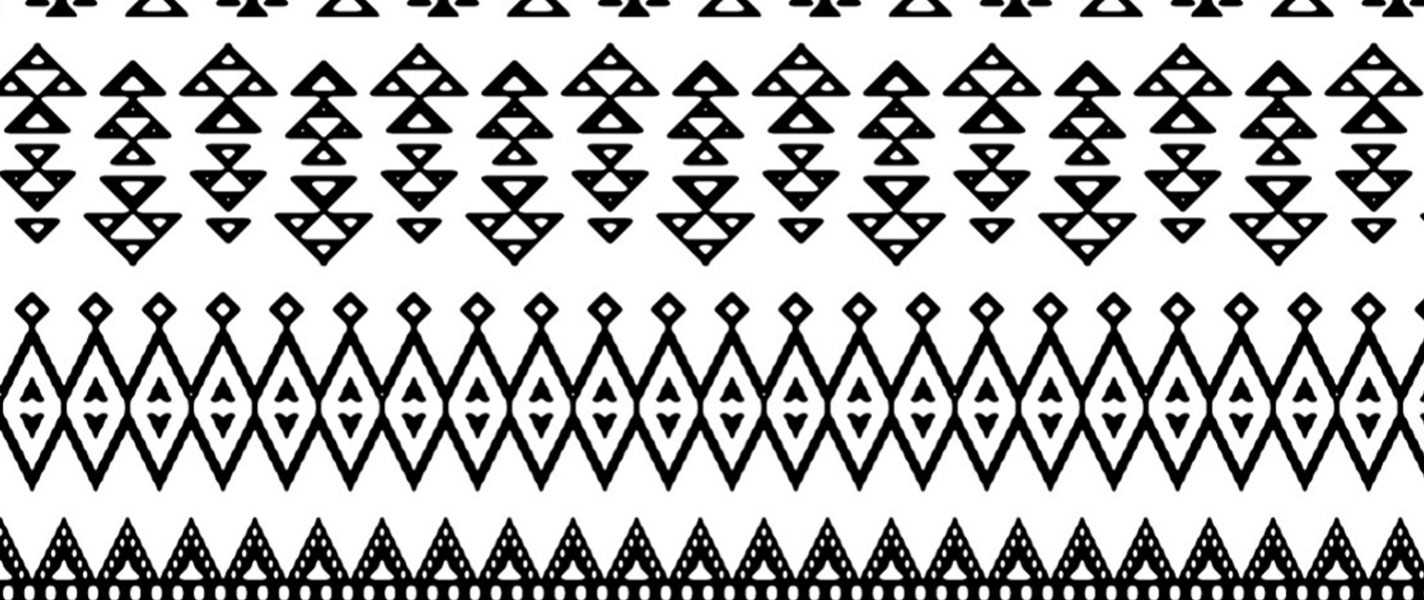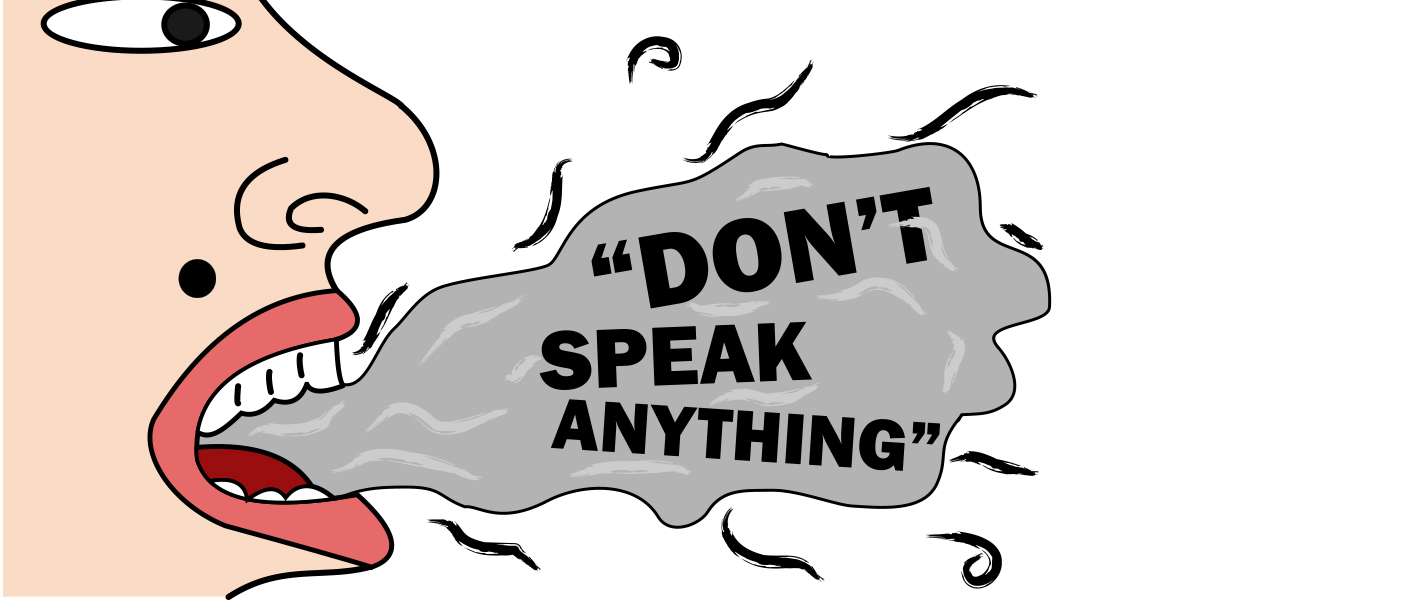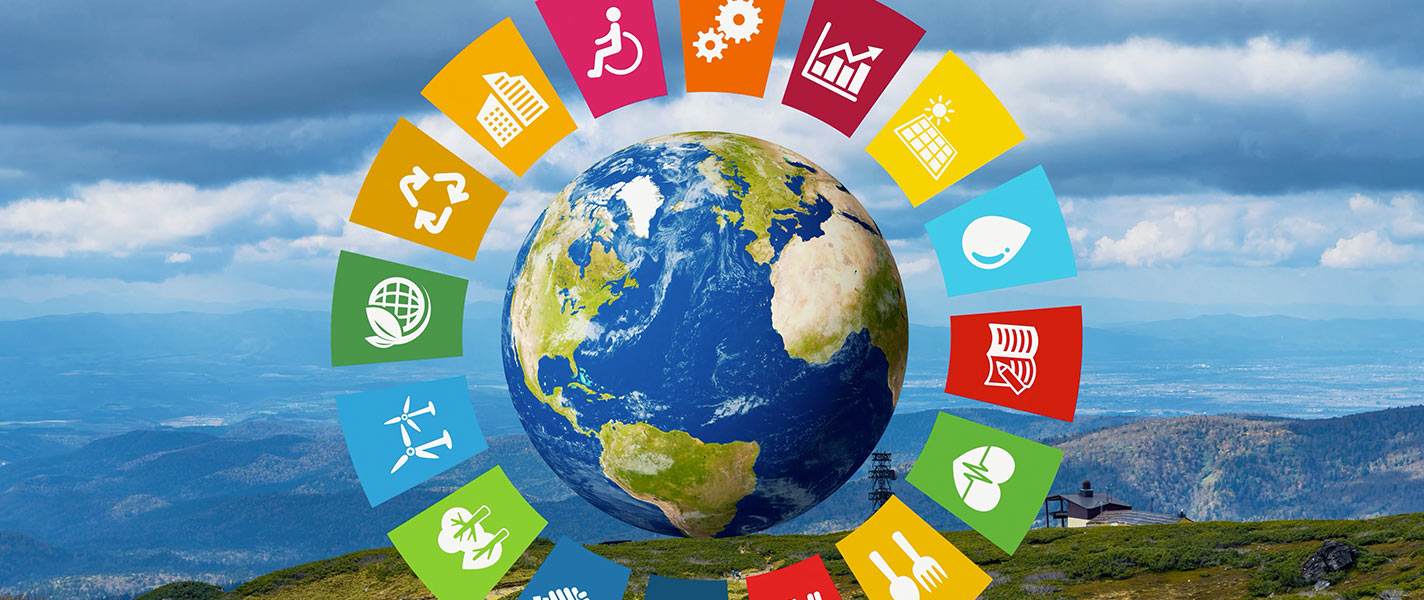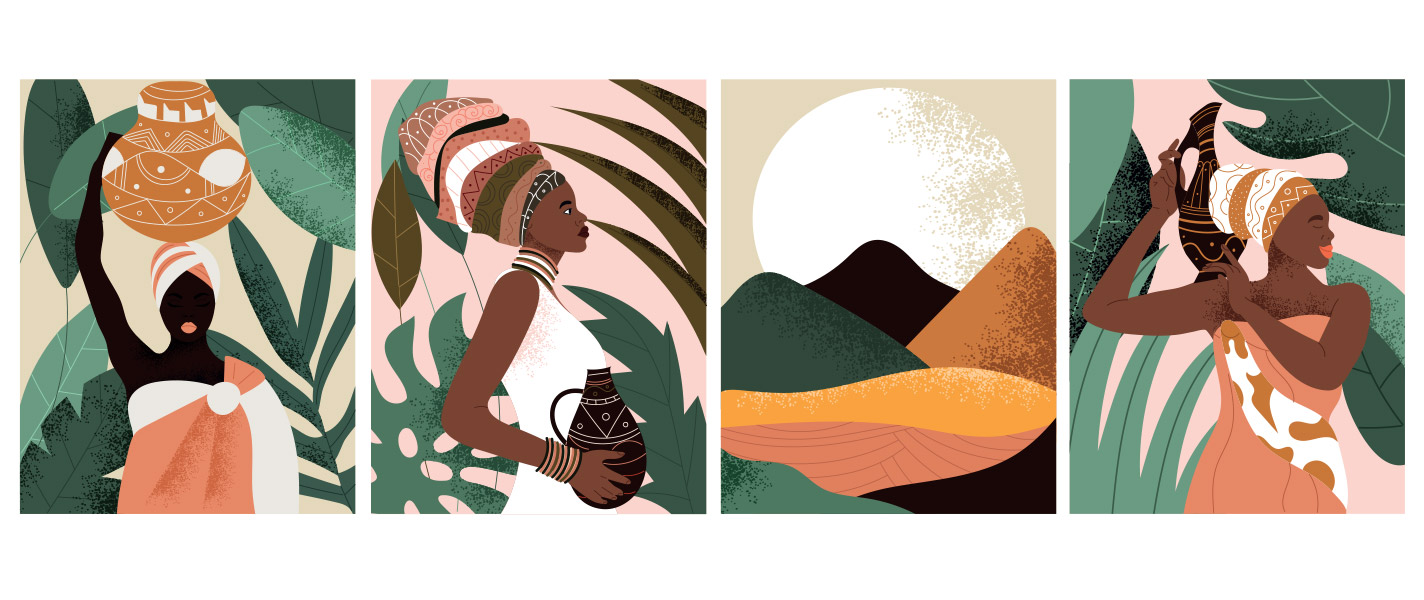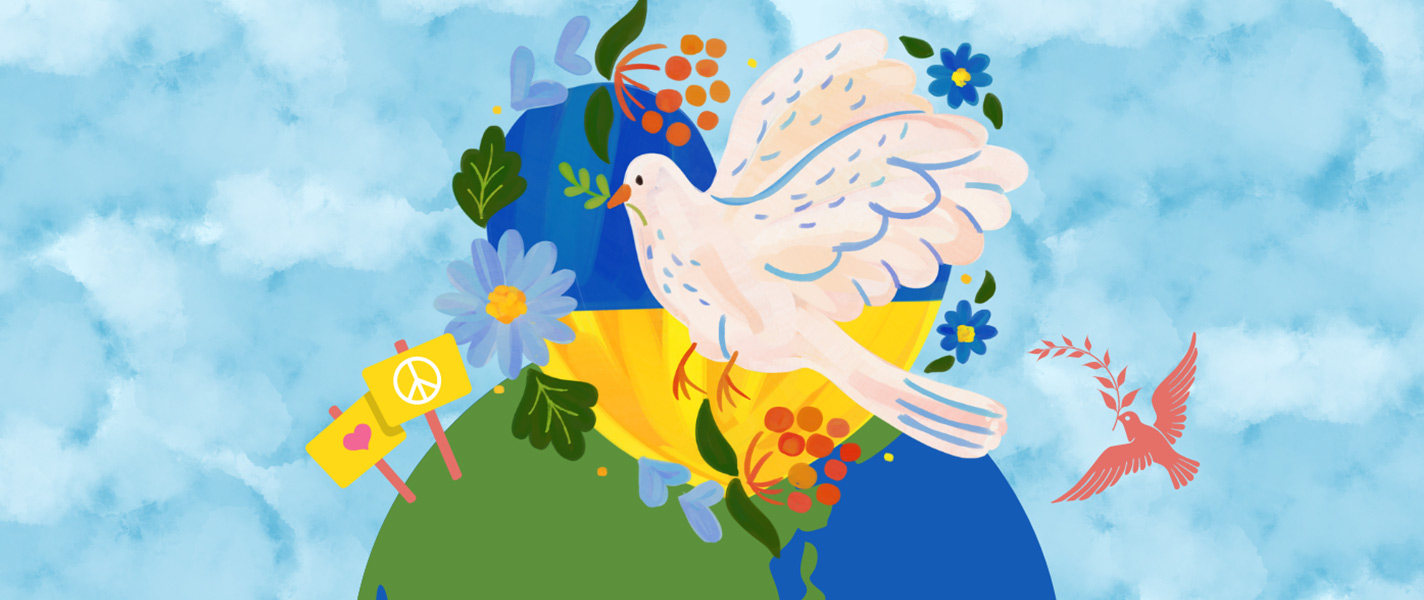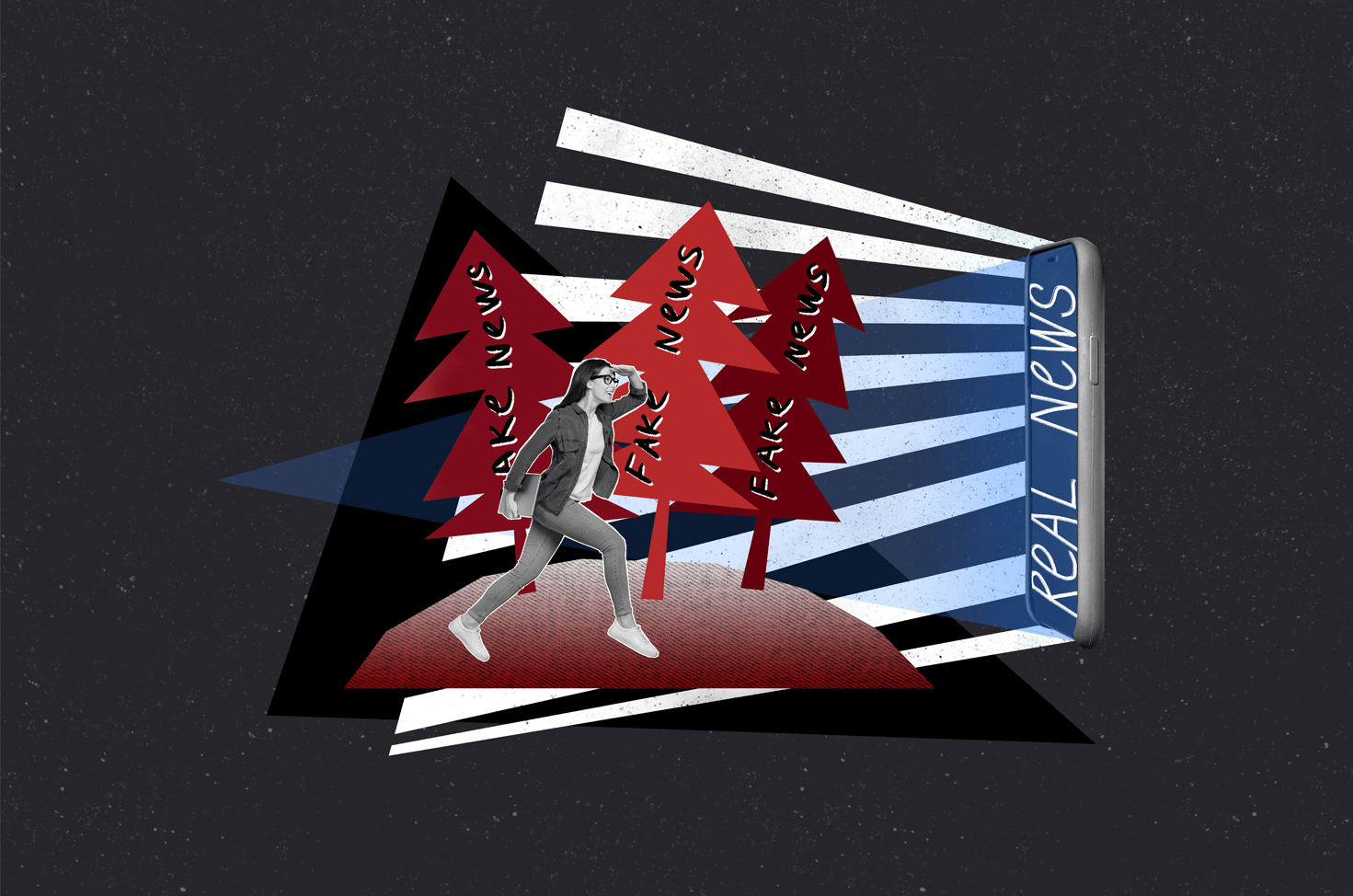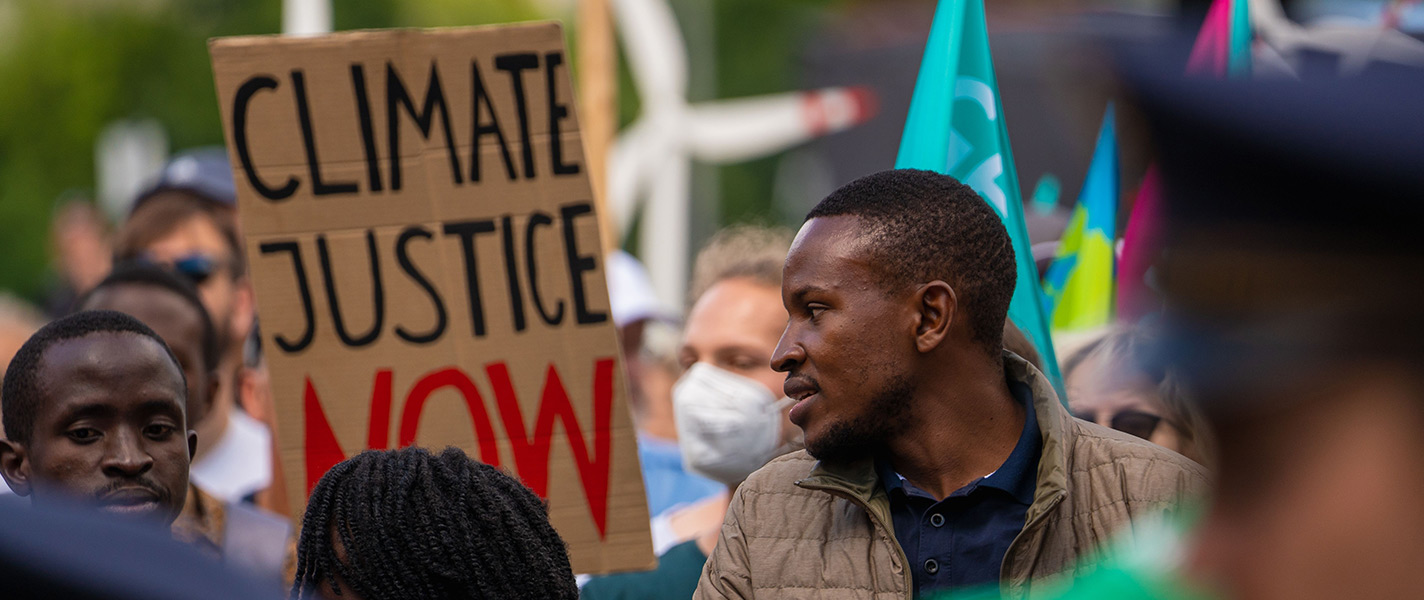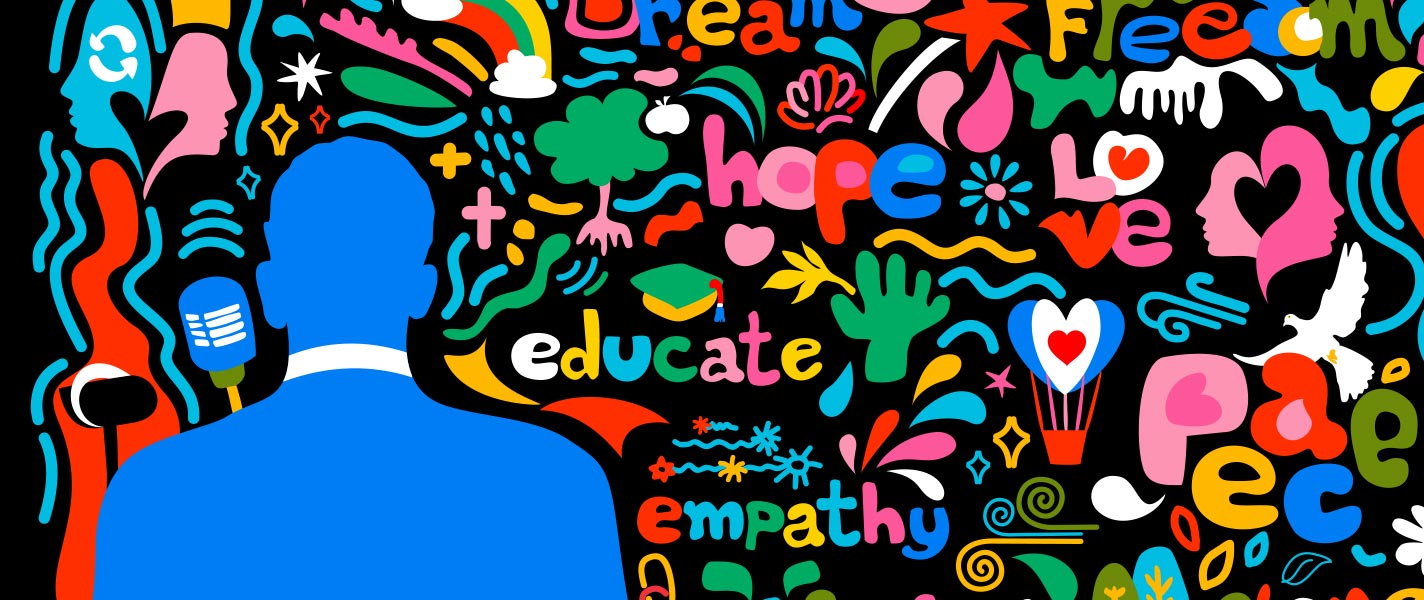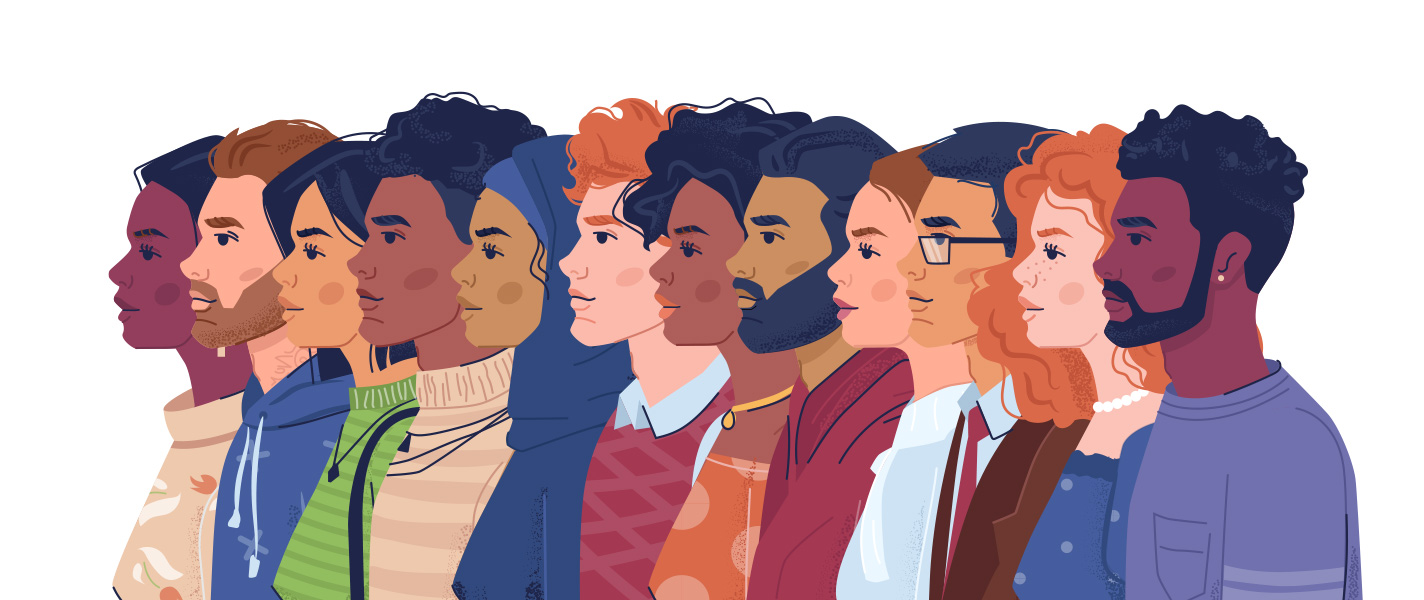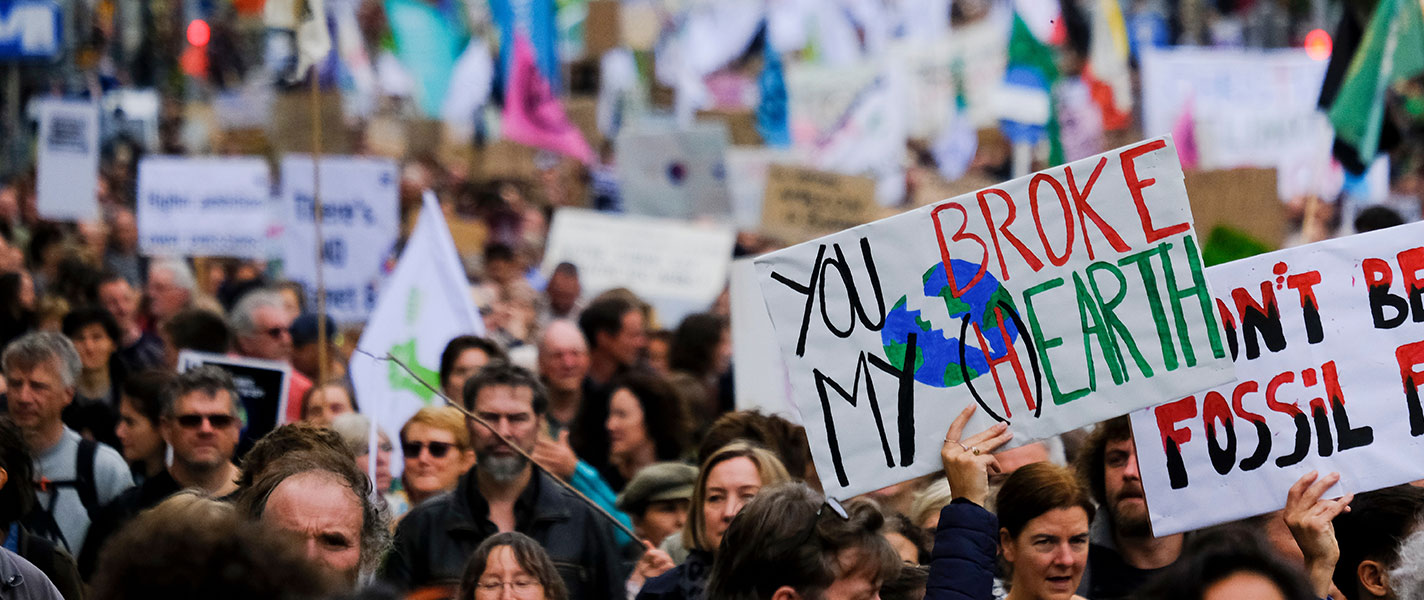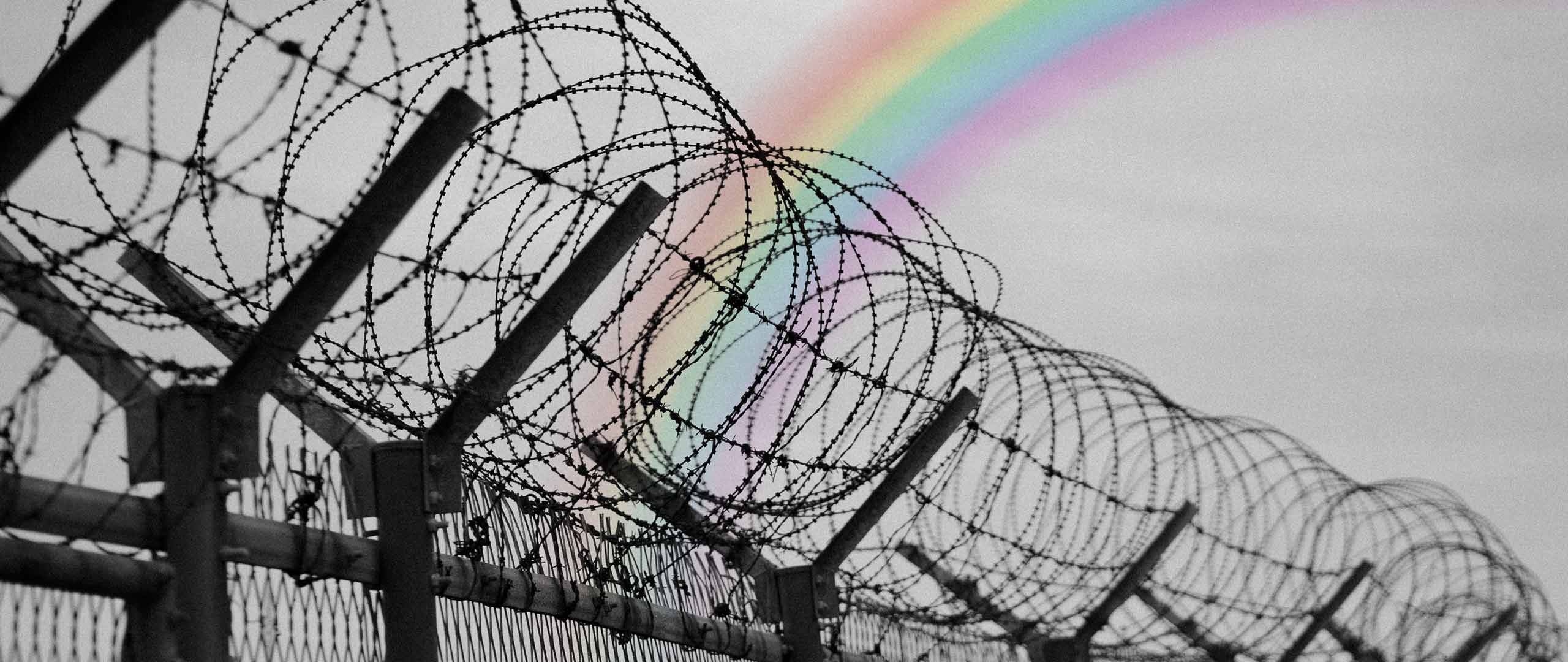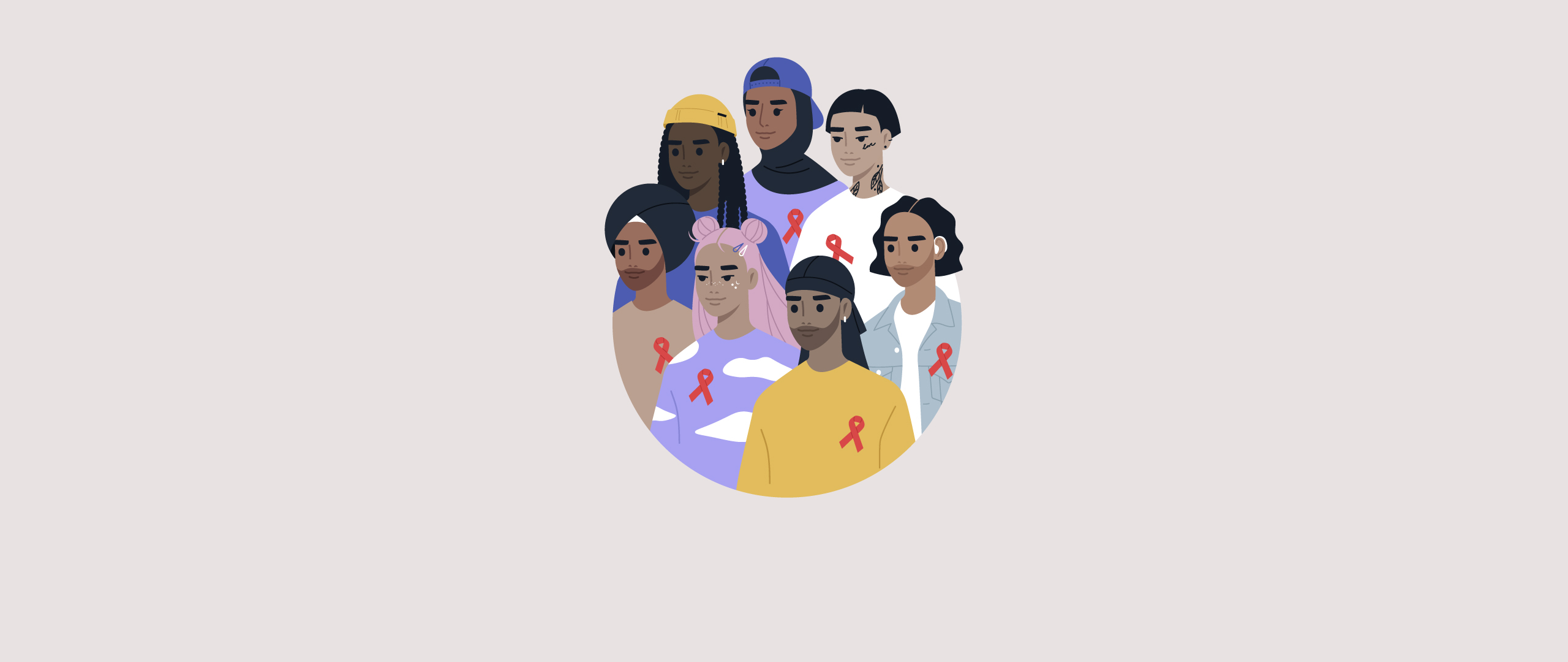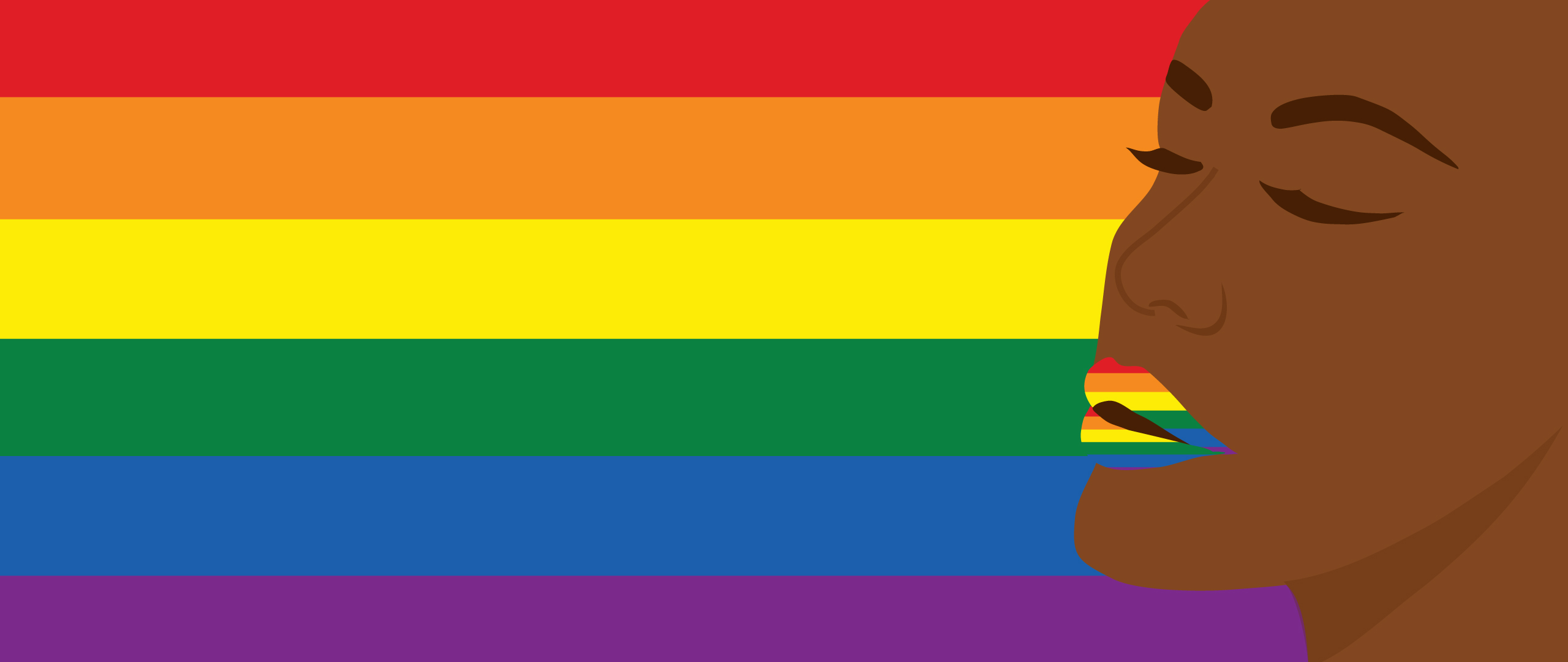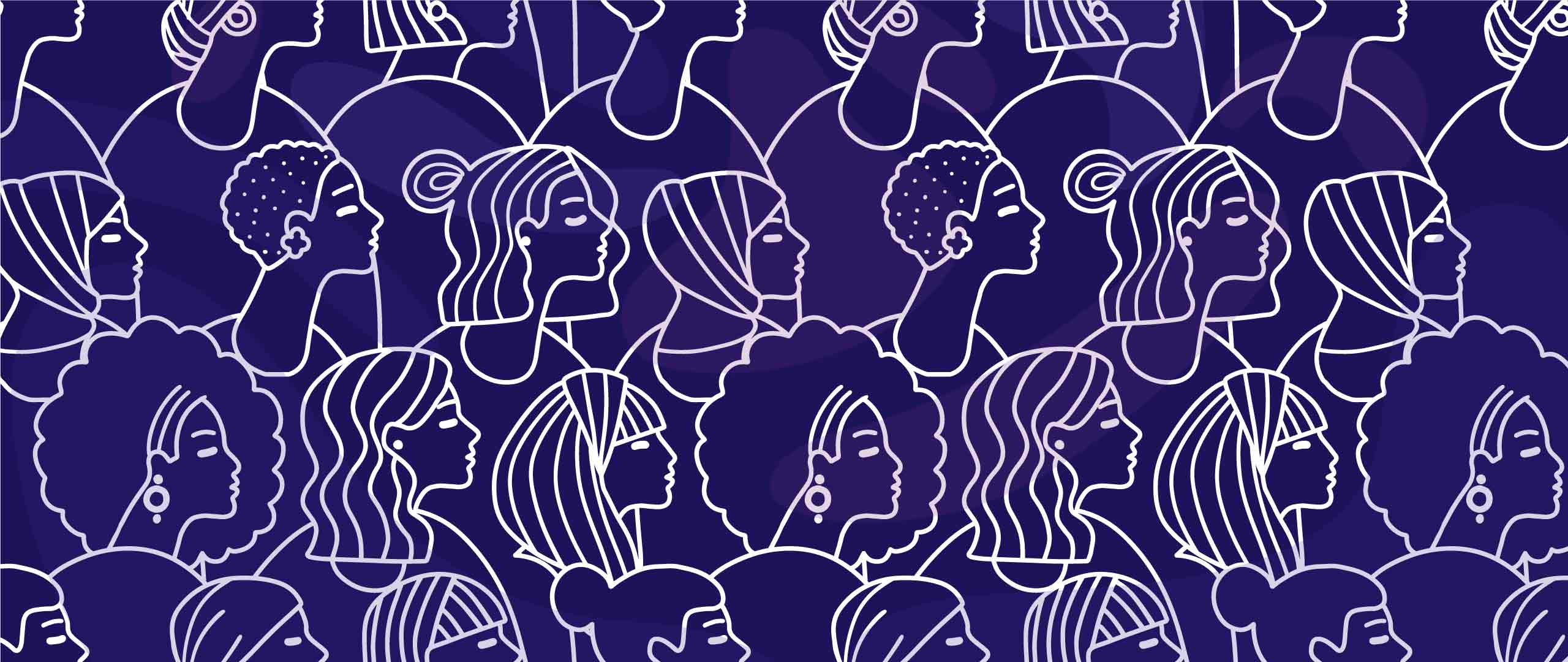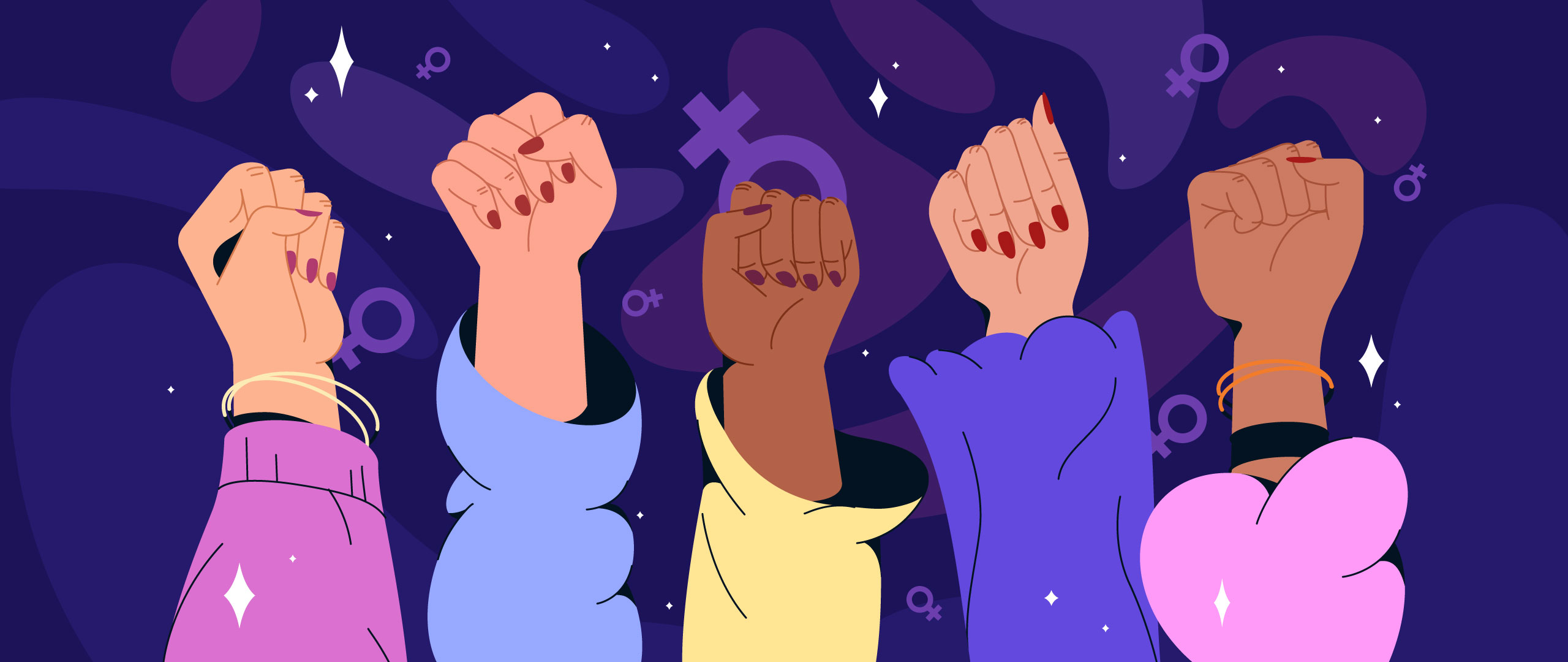Intersectionality Unveiled: A Journey through Layers of Social Dynamics
In a world that often simplifies complex human experiences, the concept of intersectionality emerges as a beacon, reminding us that every individual embodies a multitude of identities, each entwined with unique challenges. In the intricate fabric of societal dynamics, Kimberlé Crenshaw wove the term 'intersectionality,' a lens through which the tangled tales of oppression and discrimination unfold. Beyond a mere academic discourse, this concept transcends disciplines, resonating in the narratives of everyday life. As we embark on a journey to understand intersectionality, we peel back the layers, exploring its roots with Professor Crenshaw, witnessing its contemporary significance through leaders like Kamala Harris, and delving into historical echoes with the powerful voice of Sojourner Truth. Join us as we navigate the nuances, exposing the pitfalls of overlooking intersectionality and celebrating its power to foster inclusive movements that dismantle the oppressive structures woven into our societal tapestry.
What is Intersectionality?
Professor Kimberlé Crenshaw, a prominent civil rights activist, and scholar, coined the term ‘intersectionality’. She teaches race and gender studies at the UCLA School of Law and Columbia Law School and is primarily known for introducing the study of intersectional approaches in gender studies. Her theory of intersectionality dives into multiple areas, including intersectional feminism and the various systems of oppression and discrimination that impact individuals. Through her intersectional theory, Professor Crenshaw aspired to incorporate the experiences and expectations of those groups of people who were never given due representation and importance in legal education and governmental policies. She endeavors to explain how an individual’s social background is essential to ascertain the overlapping complexities that lead to their oppression or disadvantageous position. Intersectionality takes into consideration multiple identities, including race, ethnicity, socioeconomic class, sexual orientation, and immigration status. Each identity impacts the other identity, whether positively or negatively. Her personal experiences were instrumental in her understanding that black women face multiple issues due to their identity and have different stories of oppression in comparison to white women.
Understanding intersectionality is essential to perceive injustice against one group from different lenses and not perpetuate injustice against another. Through this term, Professor Crenshaw enumerated the significance of understanding the combined effect of multiple oppressive factors on an individual and their position in society. Intersectionality states that each individual has identities that intersect in ways that impact how they are viewed, understood, and treated. The intersectional lens helps better understand the injustice that various sections of society face and improves communication by understanding these issues and providing appropriate solutions.
Relevance of Intersectionality in the Present World
A prominent figure who has brought the academic discussion on intersectionality to the forefront and in the mainstream is U.S. Vice President Kamala Harris. Being a child of immigrants from India and Jamaica, Vice President Kamala Harris fits perfectly in this debate centering on intersectionality. On multiple occasions, she acknowledged her intersectional heritage and that her identity is not the product of a single influence but many. Her election as the Vice-President of the United States of America perpetuates and brings the multi-dimensional phenomenon of intersectionality to the forefront. Many thrilled Americans see the Vice President as their representation in the leadership of democracy. Her experiences have been a prime example of the overlapping discrimination that a woman faces, countering racism and sexism. Thus, intersectionality communicates complex realities and identifies an individual as not belonging to one isolated social category but a product of overlapping categories.
Earliest Record of Discussion on Intersectionality
One of the forerunners who explained intersectionality in the simplest terms was Sojourner Truth, a black woman who delivered a tremendous speech at a congregation of black people in a church. Through her speech, titled “Ain't I A Woman”, she highlights her struggles as both a black person and a woman and emphasizes the significance of acknowledging and understanding how the two factors contributed to her oppression. Sojourner informs the people present at the conference of her reality and the struggles she went through, including watching her children getting sold as enslaved people. To assert her differential treatment from a white woman, she says, “Nobody ever helps me into carriages, or over mud-puddles, or gives me any best place! And ain't I a woman?” She highlights how the talks of change often revolve around black men and white women, but she has borne the brunt of being both black and a woman, and yet no one seems to acknowledge her struggles.
Through her speech, she not only highlighted the indifference of black men towards black women but also underlined the hypocrisy of white women oppressing black women while discussing change and demanding their rights. Therefore, she strikes not only at the prevalent racism but also at the underlying patriarchy in society. Sojourner Truth’s speech was instrumental in stressing the intersection of race and gender concerning black women and how they are excluded from discussions on rights by not only white women but also black men.
Truth’s speech and Professor Crenshaw’s subsequent enunciation of intersectionality assert that certain oppressed sections of society often fail to acknowledge the struggles of other sections that suffered worse conditions than them. Discussion on intellect should give a fair share to every have-not section of society instead of utilizing their intellect to retain their privileges and power. Moreover, even in the present world, women are still getting oppressed due to various intersectional factors.
Latest Record of Lack of Intersectionality Leading to Misrepresentation
The 2017 Women’s March organized in America can be a prominent example of how an organization’s objective of women's empowerment can be centralized on the experiences of white women, the dominant racial majority. These Women's Marches significantly lacked intersectional representation, and millions of people fighting for equality themselves excluded multiple other categories of women who were facing various forms of oppression other than their identity as a woman. These marches were focused on straight, white, non-disabled, and cisgender women. White women ended up designating additional sub-categories as ‘third-world women’ as understood by Trinh Minh-Ha.
It is imperative to understand the significance of intersectionality because the lack of the same resulted in women excluding, erasing, or subduing the voices and needs of all other sub-categories of women who face challenges due to factors other than their identity as a woman. This misrepresentation is what gives rise to a highly prevalent phenomenon – white feminism. This form of feminism can be significantly detrimental to women who experience intersecting systems of oppression, thereby asserting that feminism without intersectionality is just another form of patriarchal white supremacy. Therefore, one oppressed group must acknowledge and not drown out the voices of other oppressed groups. As is evident from the above-stated example of Women’s Marches that the rights of women must include the rights of women of color, transwomen, lesbians, disabled women, and various other categories that require support.
In her book Marxism and Intersectionality, Ashley Bohrer states, "Solidarity requires unity, not uniformity." These marches showcased the dominance of older ideologies perpetuated by the dominant group of women, further asserting just how little society has embraced and understood intersectionality. This concept of ‘Otherness’ plays a crucial role in today’s world. For instance, women are often considered the ‘Other’ group, similar to the Second Sex put forth by Simone Beauvoir, and the progress of this group as perceived is, in fact, the progress of only a selected few. The first women's march demonstrated that there was a false sense of progress for all women. In other words, to have actual progress for all women, women's movements must address the intersectionality of multiple systems of oppression and how they result in increased discrimination and exclusion of certain groups from consideration.
The Need to Build Inclusive Movements
Intersectionality raises interesting questions about dominance in social categories. For instance, it showcases that white women often perceive themselves as the default women, similar to how men perceive themselves as the default sex due to the hierarchical system of domination perpetuated by patriarchal values. This results in the formation of various social categories within the same group. For instance, white women often perceive women of color as people having completely different experiences, therefore relegating them to altogether separate social categories rather than acknowledging them as a sub-category within those sharing the experiences of being a woman. However, this should not be the case. It is imperative to include the narratives of groups facing intersectional challenges to understand their struggles better and aspire to build a more inclusive and respectful society.
It is crucial to acknowledge the diversity prevalent in society to ensure that the experiences and struggles of every individual are accounted for and addressed. Understanding intersectionality is vital in combating various interwoven biases that people face in their daily lives. In the current environment, intersectionality helps better comprehend the linkages between various forms of oppression and discrimination and simultaneously deal with them. In intersectionality, movements are more informed, tend to be forward-looking, and listen to hidden voices and inequities not previously addressed. It helps build inclusive, robust movements to eradicate oppression.
Even though intersectionality was introduced in the legal field to further the academic understanding of racial and gender discrimination, these concepts have traveled across areas. They have become significant aspects of the mainstream consciousness of people wherein they understand that different oppressed identities combined in a single person can result in another form of intersectional oppression for them. Thus, intersectionality has become a part of the everyday language of people in general, helping them understand the struggles of different identities even outside legal scholarship.
The article represents the views of the blogger and not those of LEED Initiative.
